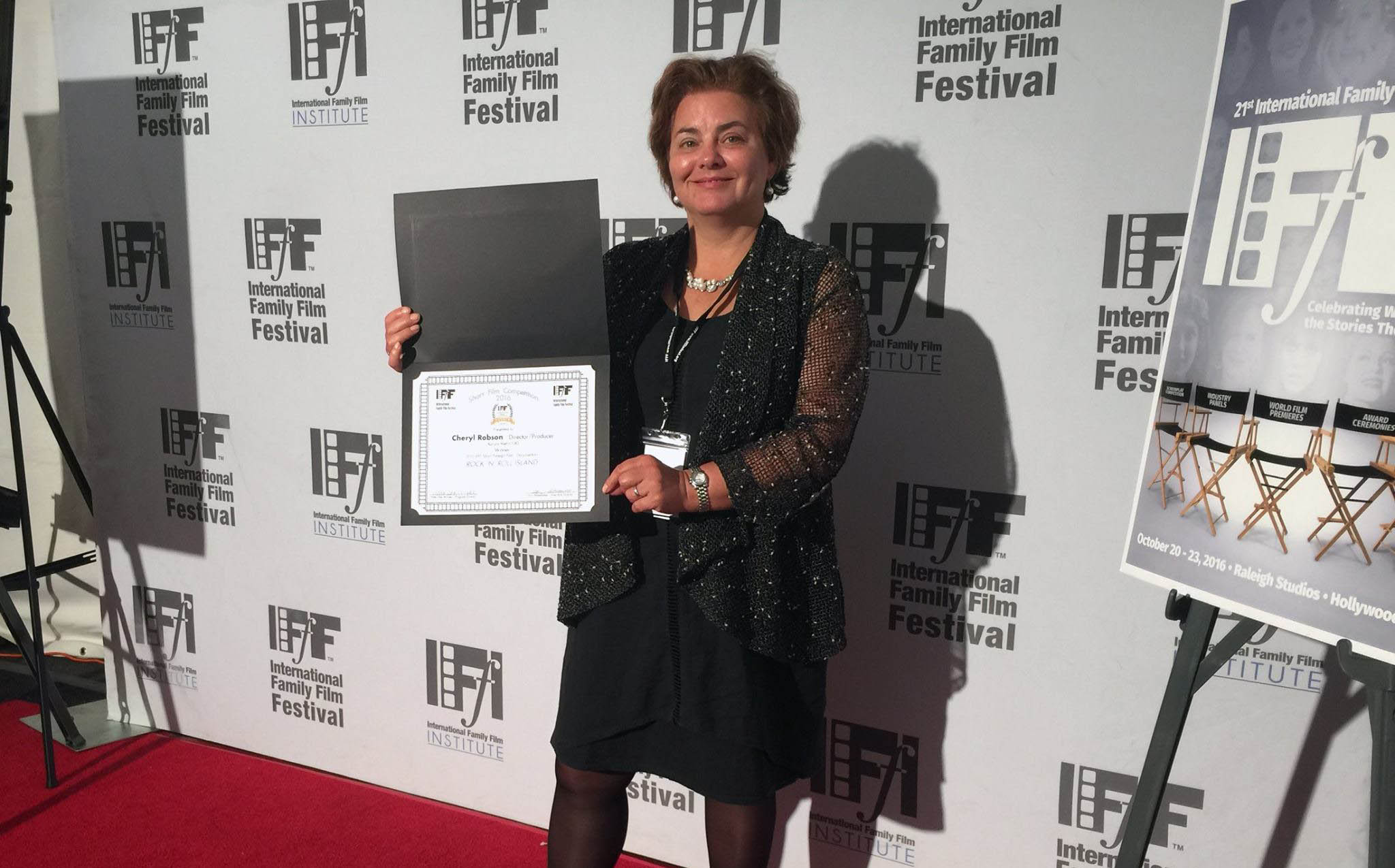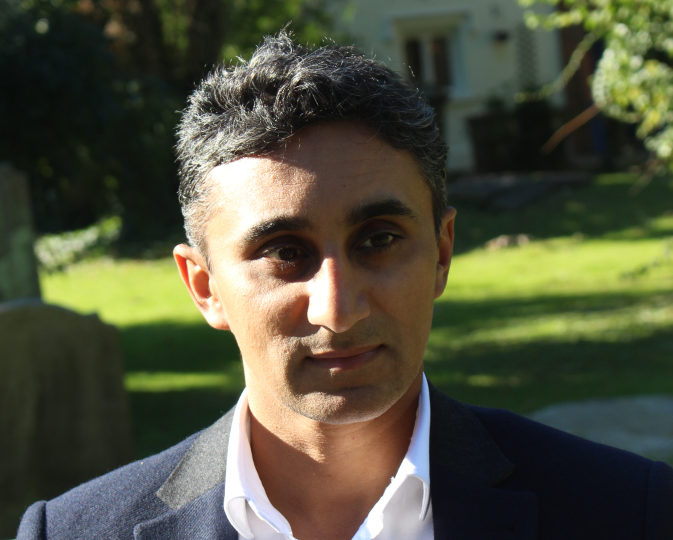The real story of Indian Summers begins not in 1930’s India and the Himalayan foothills of Simla, but a few decades later, in a cupboard in a Darjeeling hotel. It was there that series creator Paul Rutman was shown a hoard of photos dating back to the Raj. This reignited a fascination with India and its hill stations that had smouldered ever since he worked as a young teacher in a southern Indian boarding school.
‘I found the atmosphere, the nostalgia, the weather and buildings of hill stations fascinating,’ he says. ‘And these were photos of people like us, 80 years ago, having tea parties and trying to recreate this idea of England in an environment that wasn’t England. I thought about this whole world being either forgotten or swept under the carpet. Empire is still something that many on the right are quietly proud of, but a source of deep shame and self-castigation from the left. With Indian Summers, I wanted to ride those contradictions. There’s a generation that’s dying out now for whom empire was a huge part of their lives, so I wanted to ask the question: what did we think we were doing out there?’
The story of the aristocracy at the height of empire has been told many times before but Rutman wanted to shift the focus on to the civil servants, the missionaries, the businessmen – and the families they dragged out with them: those ordinary people who made the administration tick and society swing, even as it became apparent that the imperial game was up. The roots of modern Indian nationalism stretched back to the so-called Indian Mutiny of 1857-8, which signaled the end of the East India Company and the explicit establishment of British rule under the Viceroy. From that point, says Rutman, the British withdrew from active involvement in Indian life and created their own insular existence within the Raj. Through the 1920s, long-simmering discontent between different segments of Indian society was exacerbated by a deliberate British policy of divide and rule. Several opportunities to withdraw with relative dignity had been spurned, while nationalist figureheads including Gandhi and Nehru languished in prison. By 1932, with the Great Depression biting hard, sympathy for the imperial project was shrivelling at home. Overseas, revolution was in the air and the British experience in India looked destined for a bloody conclusion.
Rutman’s research into this complex, contentious era was necessarily rigorous. A year spent reading histories and memoirs was bolstered by conversations with experts, advice on etiquette from Downton Abbey’s Alastair Bruce and the diary of a 94-year-old neighbour: a former Area Intelligence Officer who lived in the Punjab during the war.
‘I showed him the first episode and he corrected me on a couple of details,’ says Rutman. ‘There’s a scene there where British play the national anthem on the little gramophone while everyone stands silently, then salutes the king emperor. I watched it being filmed and I could see why he remembered everything so vividly. You could feel the jungle encroaching on this tiny lit candle of British nostalgia.’
The stories at the heart of Indian Summers, are those of three sets of siblings from very different backgrounds: Ralph and Alice [Whelan], Madeleine and Eugene [Mathers], and Aafrin and Sooni [Dalal]. ‘Seeing the Raj and the move towards independence through the eyes of a younger generation was very important,’ confirms Rutman, ‘Families function in similar ways behind closed doors the world over, but I wanted to offer different perspectives on events without ever making the characters mouthpieces for political positions.’ The personal is as important as the political in Indian Summers: in fact, they’re inseparable.
Relationships in Simla are irrevocably coloured by deeply ingrained prejudices of race, caste and class. ‘The Whelan story is shot through with anxiety about the meaning of home and identity,’ he adds. ‘The Dalals, a family of Parsi Indians, are trying to get by and make do. Madeleine and Eugene represent the outsider’s perspective: America was the new superpower and regarded our obsession with empire as increasingly anachronistic and unjust.’
We join Season 2 in the summer of 1935, three years after the events of the last series – a season where old allegiances will be broken and new ones forged, where unbridled passions and adultery run roughshod over fidelity and where revolution hangs heavy in the air.
For fans of the show, the good news is, Rutman has already hinted that the series will be return. ‘I love that experience of falling in love with a show over a number of years: the big novel experience,’ he said. ‘It’s the best thing that television can do.’
Season 2 of Indian Summers starts on Sunday 12 March 2016.


